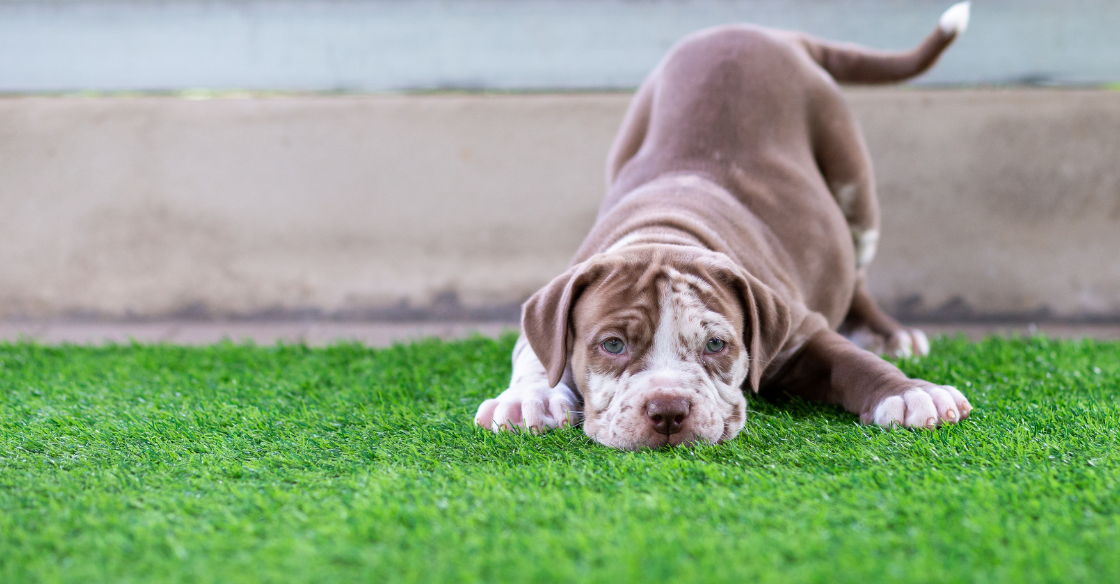Choosing Between Natural Grass and Artificial Turf
In the realm of sports and recreational activities, the surface upon which the action unfolds holds significant importance. The choice between natural grass and artificial turf presents itself as a pivotal decision, with each option bearing its own set of advantages and considerations. Let’s delve deeper into the nuances between the two and explore the factors that influence this decision-making process.

Material Composition:Natural grass fields consist of living grass plants rooted in soil, demanding regular maintenance to uphold their lush appearance and playing surface integrity. In contrast, artificial turf comprises synthetic materials such as plastic, rubber, and fibers, designed to mimic the look and feel of real grass while offering durability and consistency.
Maintenance Requirements:While natural grass fields necessitate ongoing care, including mowing, watering, and pest control, artificial turf requires less maintenance in terms of irrigation but mandates regular grooming to preserve its surface quality and prevent infill compaction.
Durability and Usage:Natural grass fields can succumb to wear and tear, particularly in high-impact sports settings, whereas artificial turf boasts resilience against heavy usage and adverse weather conditions, providing a reliable playing surface over time.
Environmental Impact:While natural grass fields contribute to environmental sustainability by promoting soil health and oxygen production, their maintenance often involves water and chemical usage. Conversely, artificial turf conserves water resources and reduces chemical dependency, albeit with initial material production considerations.
Playability and Performance:Both surfaces offer unique advantages in terms of playability, with natural grass providing a softer feel underfoot and artificial turf engineered to replicate the performance attributes of real grass, enhancing player traction and comfort.
Aesthetics and Visual Appeal:Natural grass fields exude a timeless charm and aesthetic appeal, while modern artificial turf systems strive to emulate the natural look of grass, ensuring a consistently well-maintained appearance regardless of weather conditions.
Initial Investment and Long-Term Costs:The upfront costs of installing natural grass fields are comparatively lower, but ongoing maintenance expenses can accumulate over time. In contrast, artificial turf entails higher initial investment but offers potential long-term savings due to reduced maintenance requirements.
Climate Considerations:Natural grass thrives in temperate climates with adequate sunlight but may struggle in extreme weather conditions. Artificial turf, however, proves adaptable to various climates, withstanding both heat and heavy rainfall without compromising playability.
Conclusion:Ultimately, the decision between natural grass and artificial turf hinges on a multitude of factors, including maintenance preferences, budget constraints, environmental considerations, and performance expectations. By carefully evaluating these aspects, stakeholders can make an informed choice that best suits their unique needs and priorities.
Tags
sports surfaces turf selection maintenance environmental impact playability performance cost analysis climate resilience sustainability field management landscaping athletic facilities recreational spaces surface materials

Leave a Reply